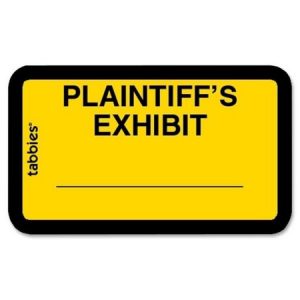PRESERVING EVIDENCE WITH A SPOLIATION LETTER
 Immediately after an injury, it is important to collect and preserve all the evidence you will need to prove your case. Trials can be lost because of a lack of evidence. Sometimes, a judge deciding liability may need to know where the cars came to rest, what the property damage looked like, or what the dashcam footage revealed. Sometimes that evidence is in the hands of another person, corporation, or governmental entity.
Immediately after an injury, it is important to collect and preserve all the evidence you will need to prove your case. Trials can be lost because of a lack of evidence. Sometimes, a judge deciding liability may need to know where the cars came to rest, what the property damage looked like, or what the dashcam footage revealed. Sometimes that evidence is in the hands of another person, corporation, or governmental entity.
Enter the spoliation letter. This is the singularly most important step in evidence preservation. Without it, it is possible, even likely, that the evidence you need will be destroyed, often in the normal course of business. Security tapes are routinely recorded over every day, week, or month. Documents and photographs may be destroyed when they serve no further use. But a proper spoliation letter can not only help to ensure that evidence remains available, but when sent to a future defendant, it can help you in other ways if the evidence is destroyed. For example, a judge may rule that if evidence destroyed after the receipt of a proper spoliation letter, the jury can infer that the evidence was harmful to the destroyer’s case.
So, make sure that your spoliation letter (or your lawyer’s spoliation letter) is sent by some mechanism to ensure you can prove it was sent–a fax, an email, hand-delivery with a date-stamped copy, or a certified letter with return receipt requested is usually a good start.
 Maryland Car Accident Lawyer Blog
Maryland Car Accident Lawyer Blog

